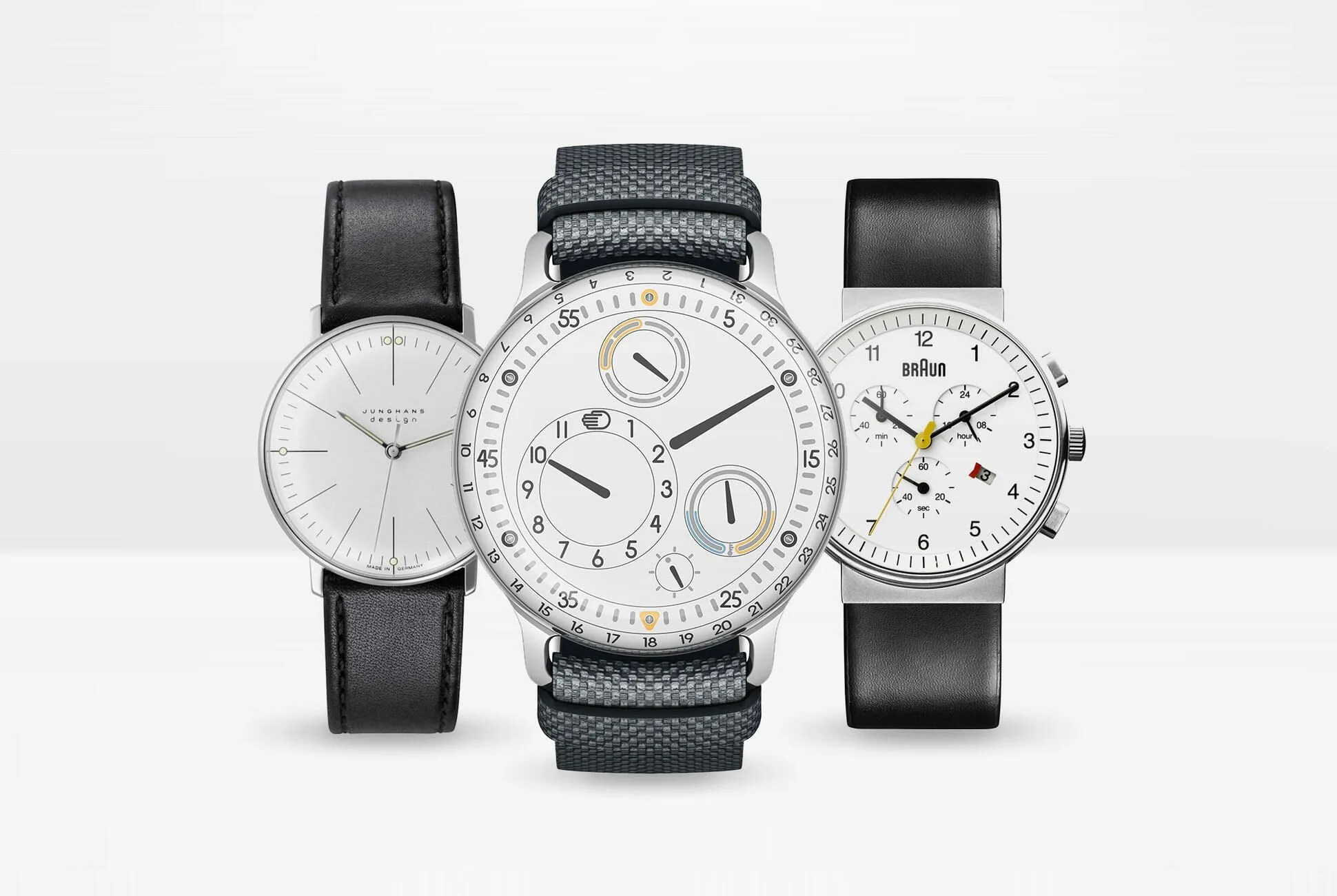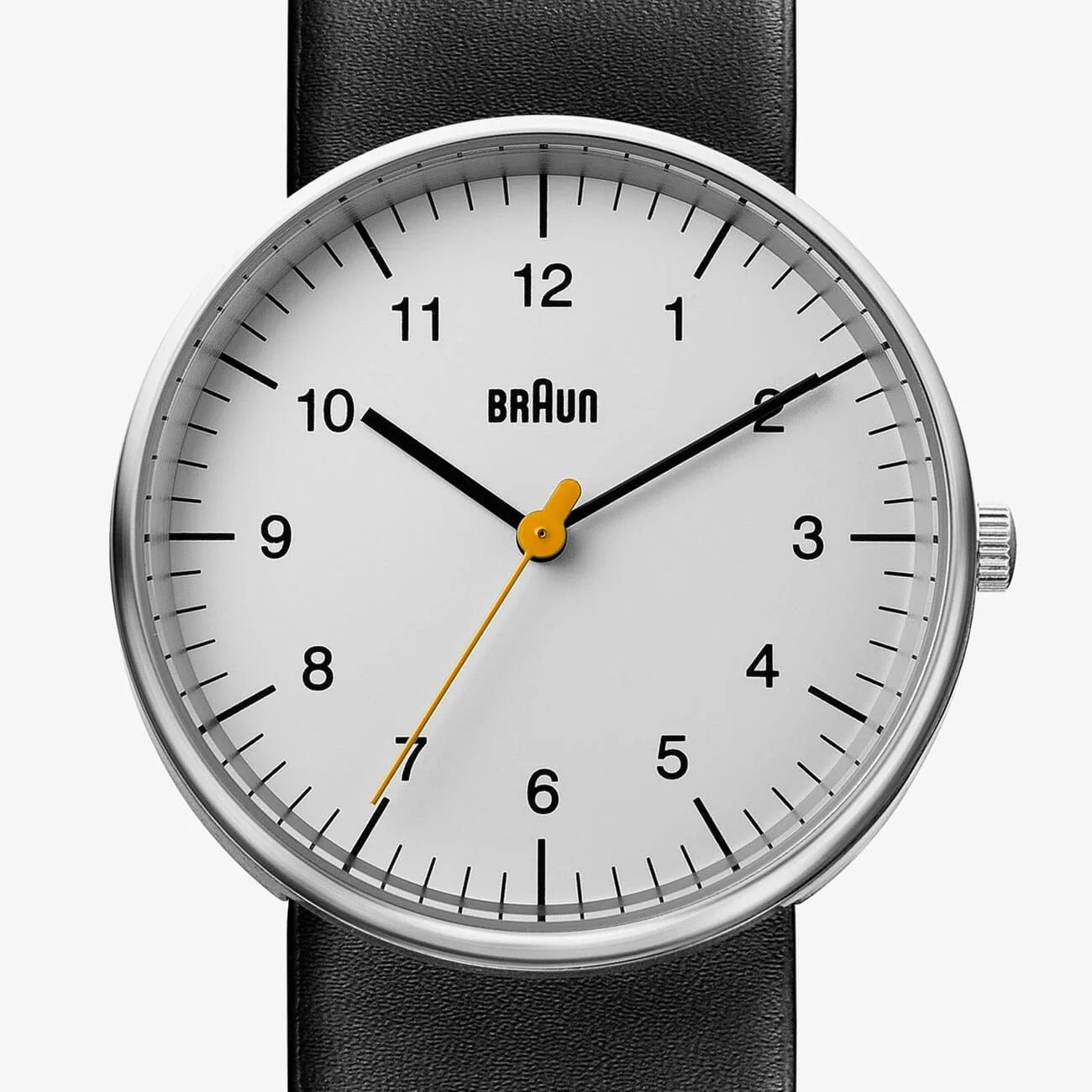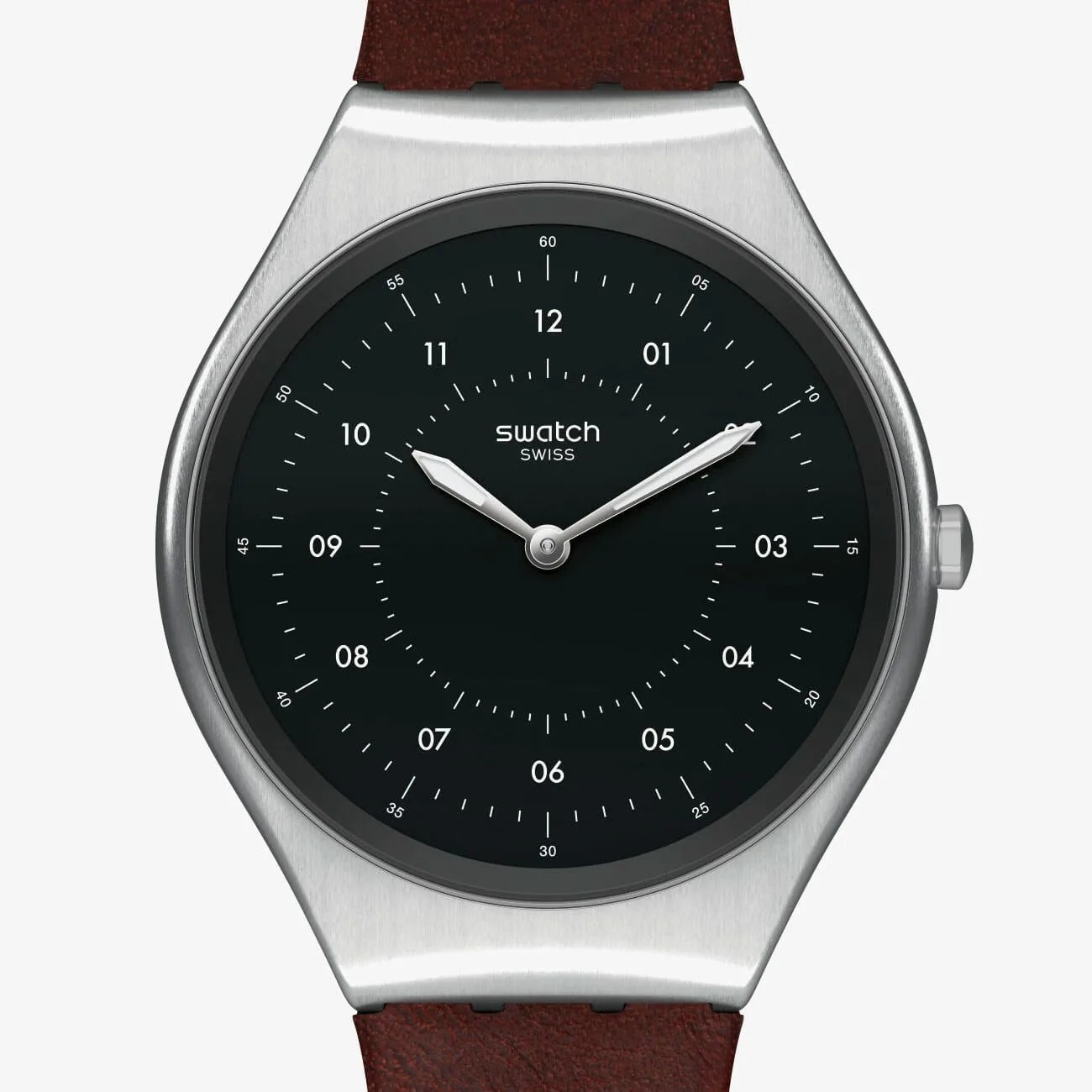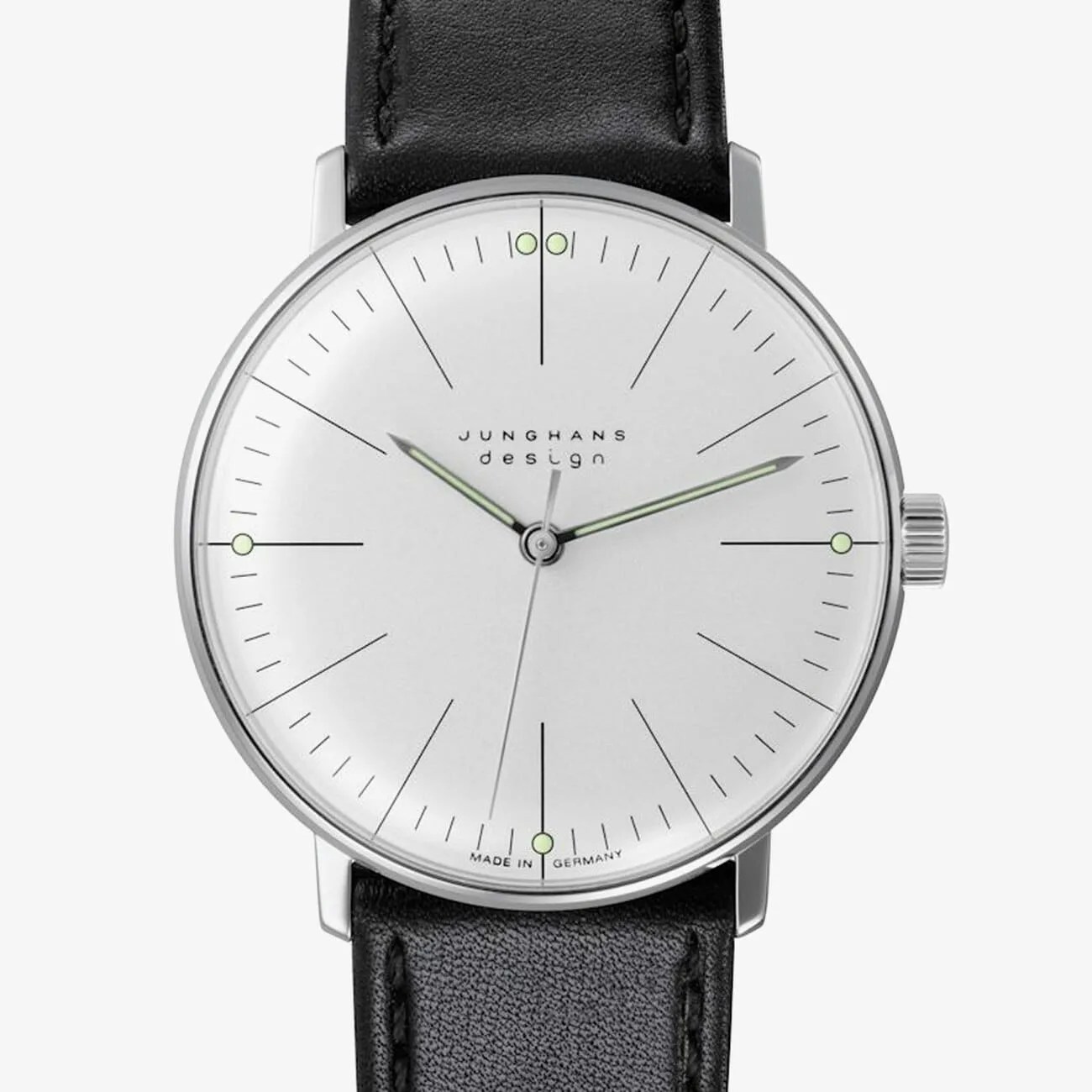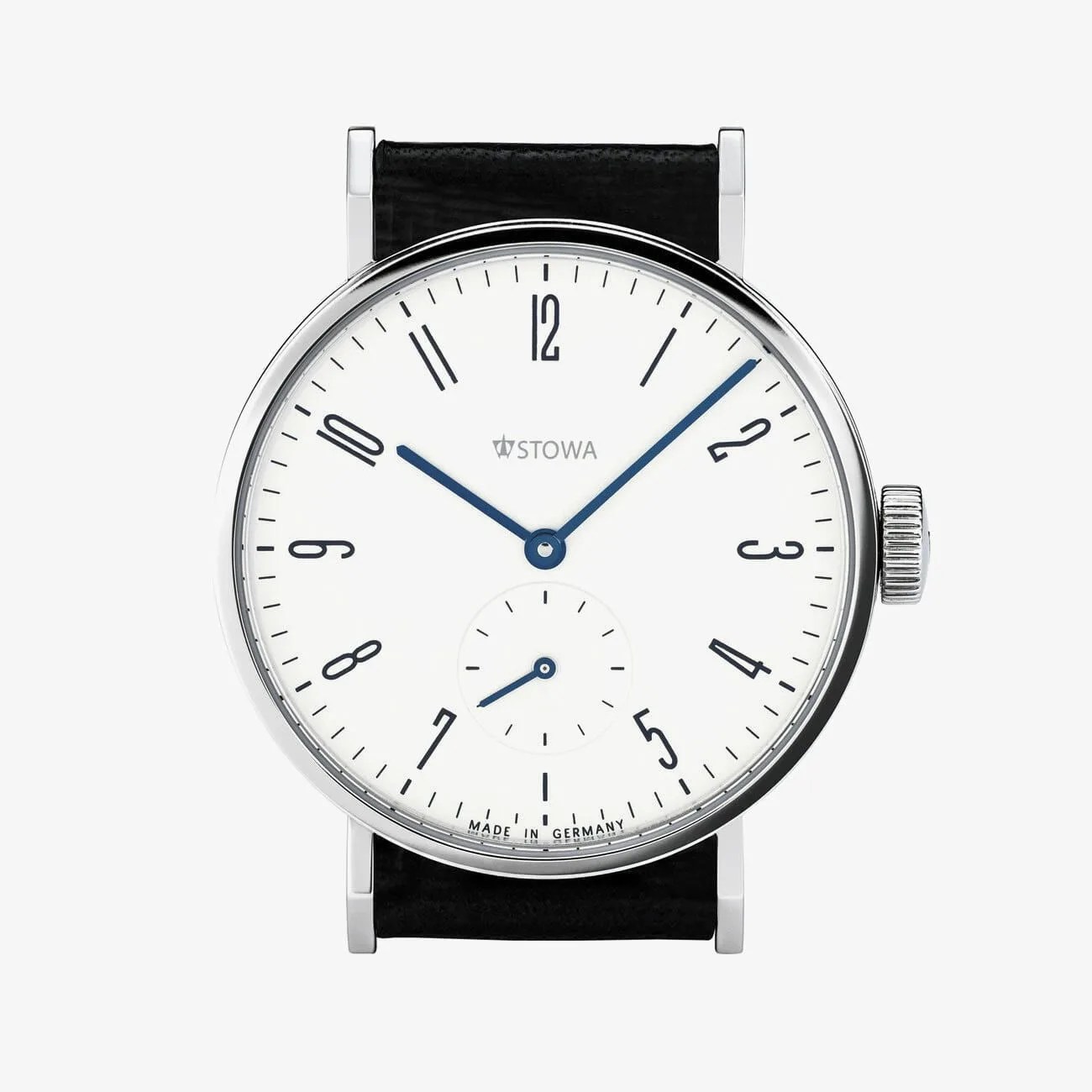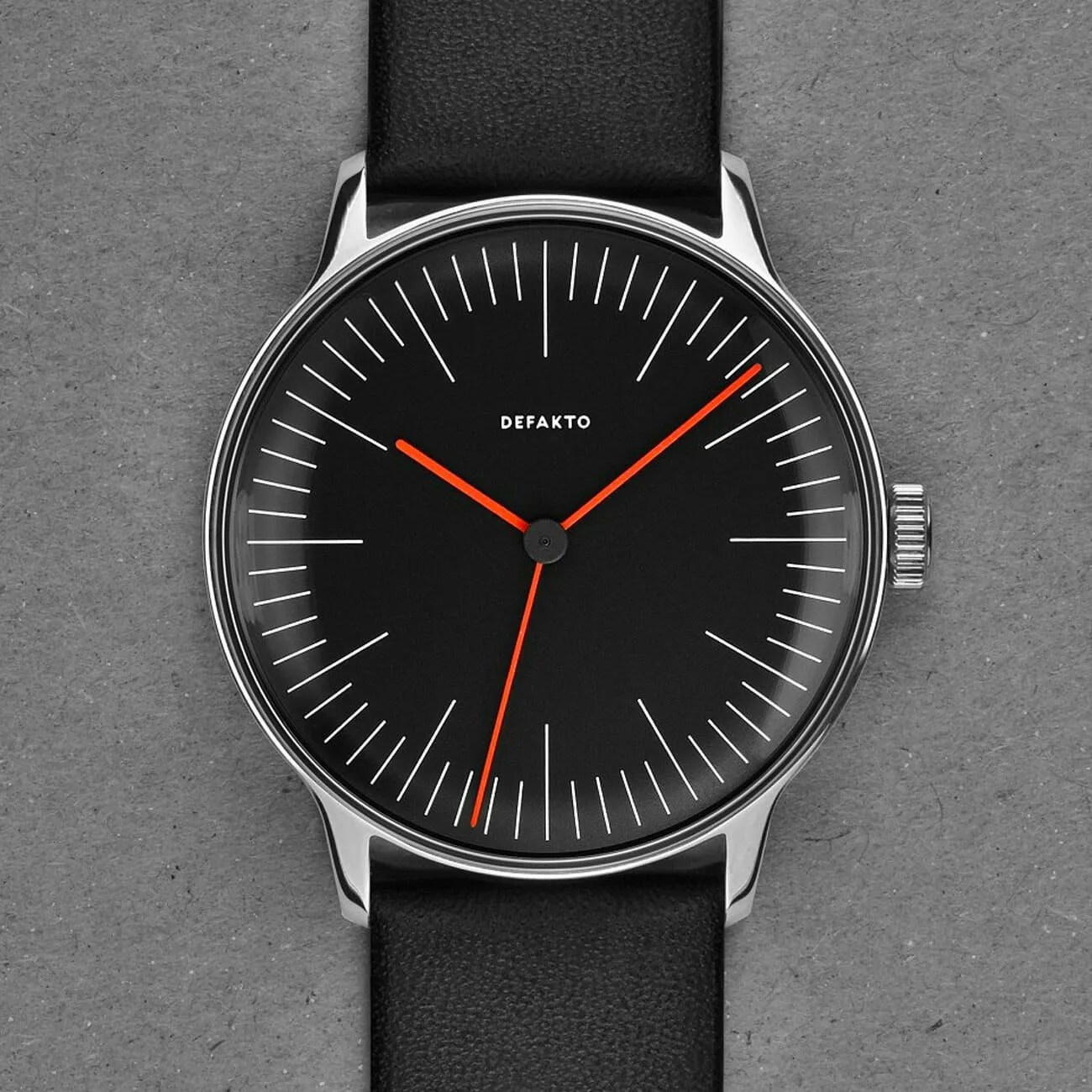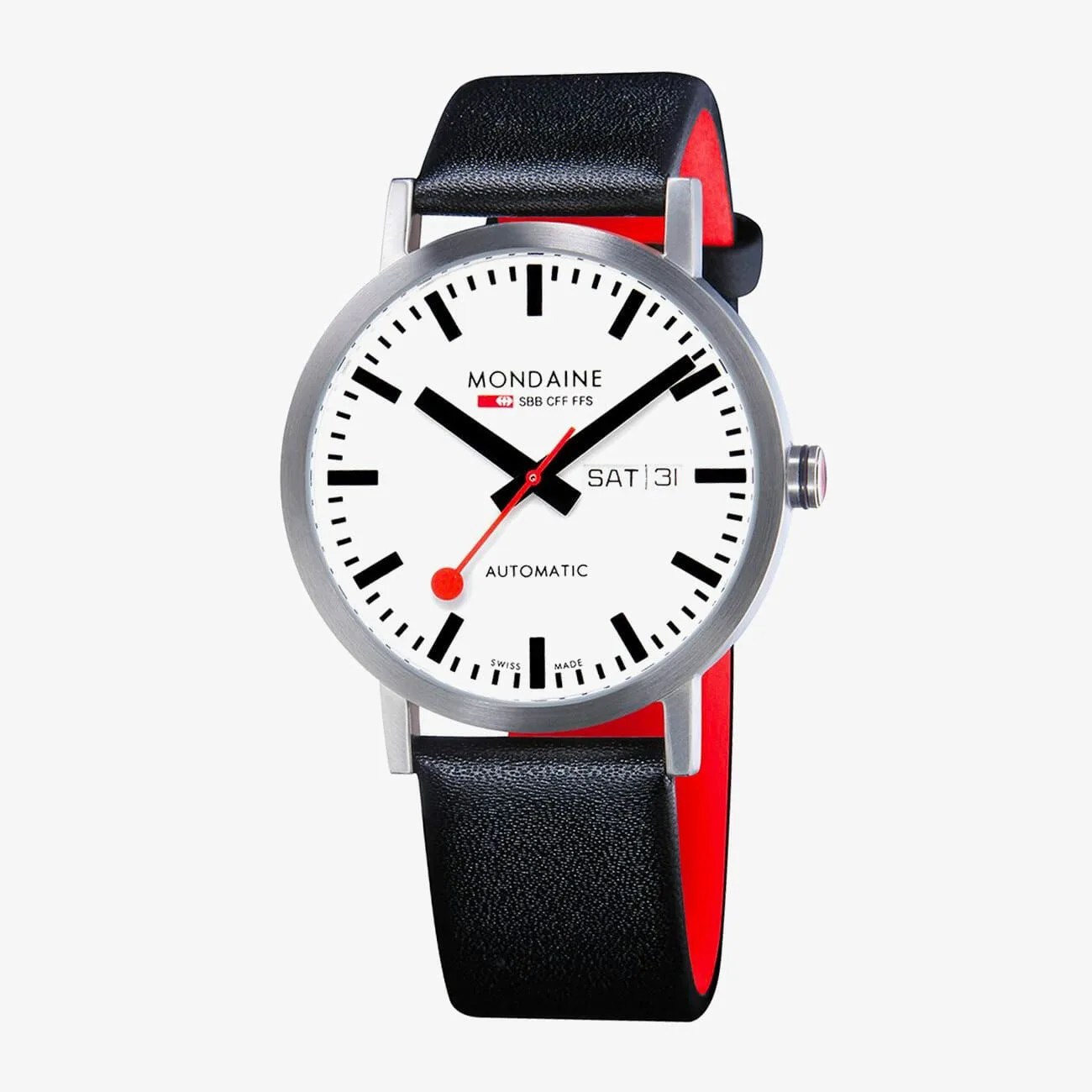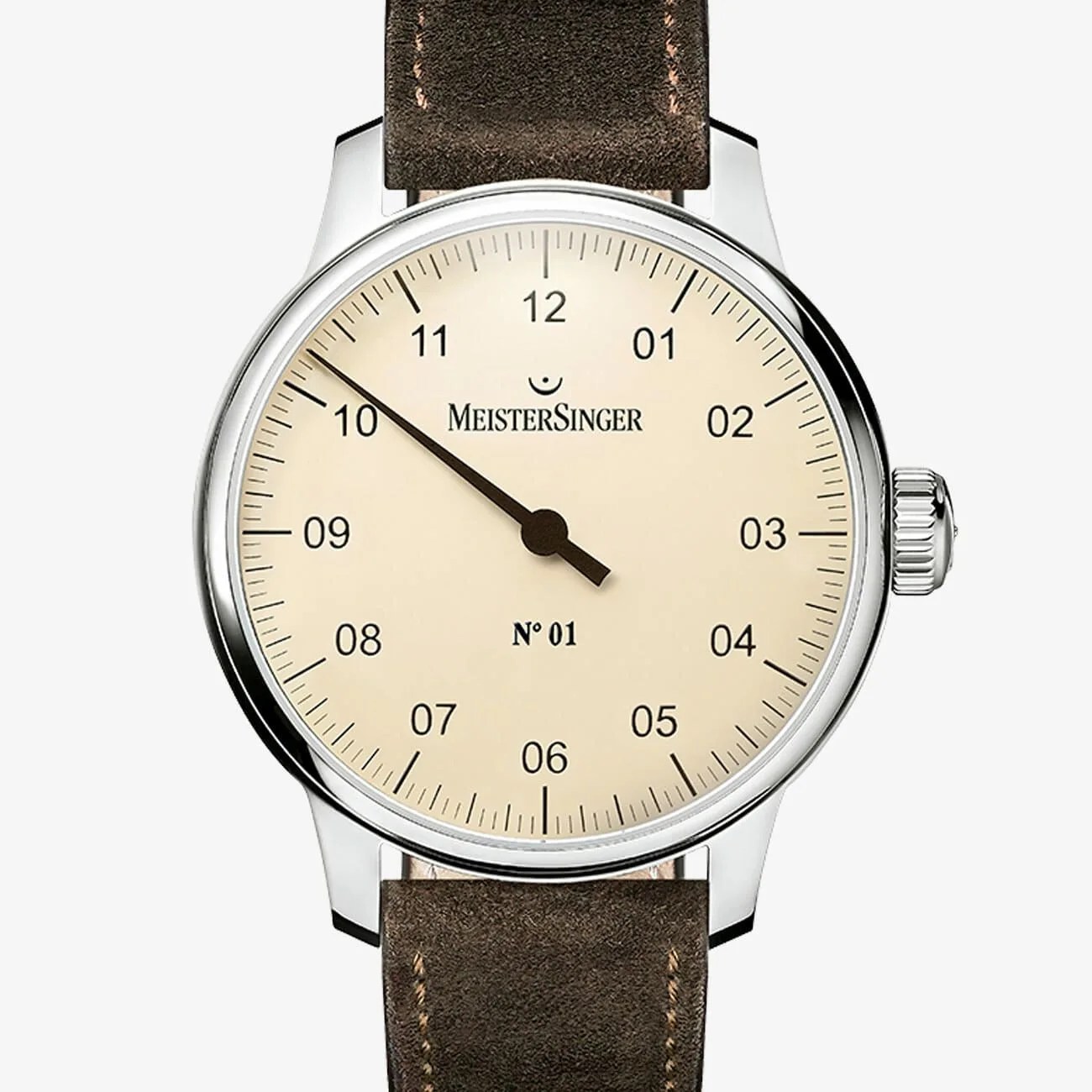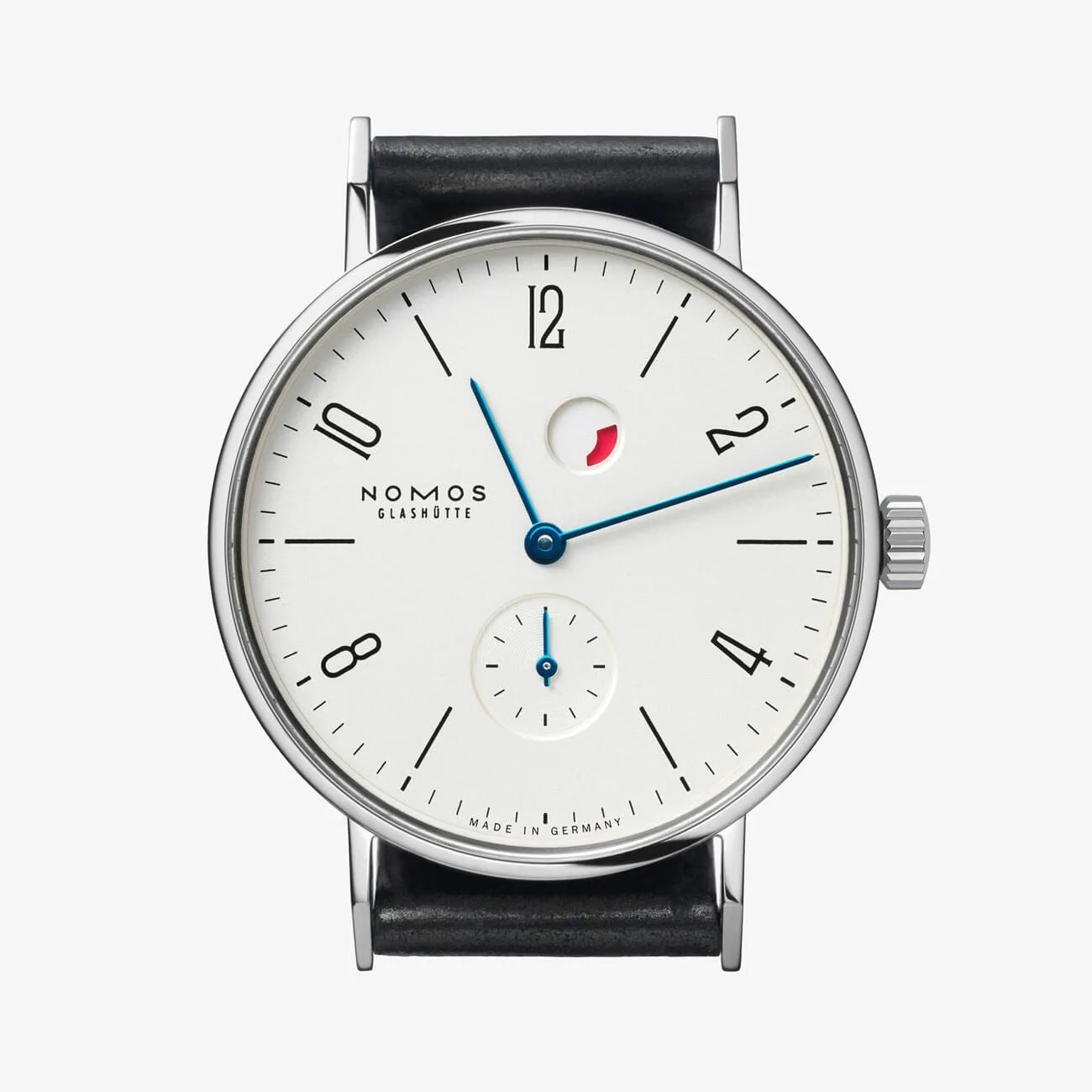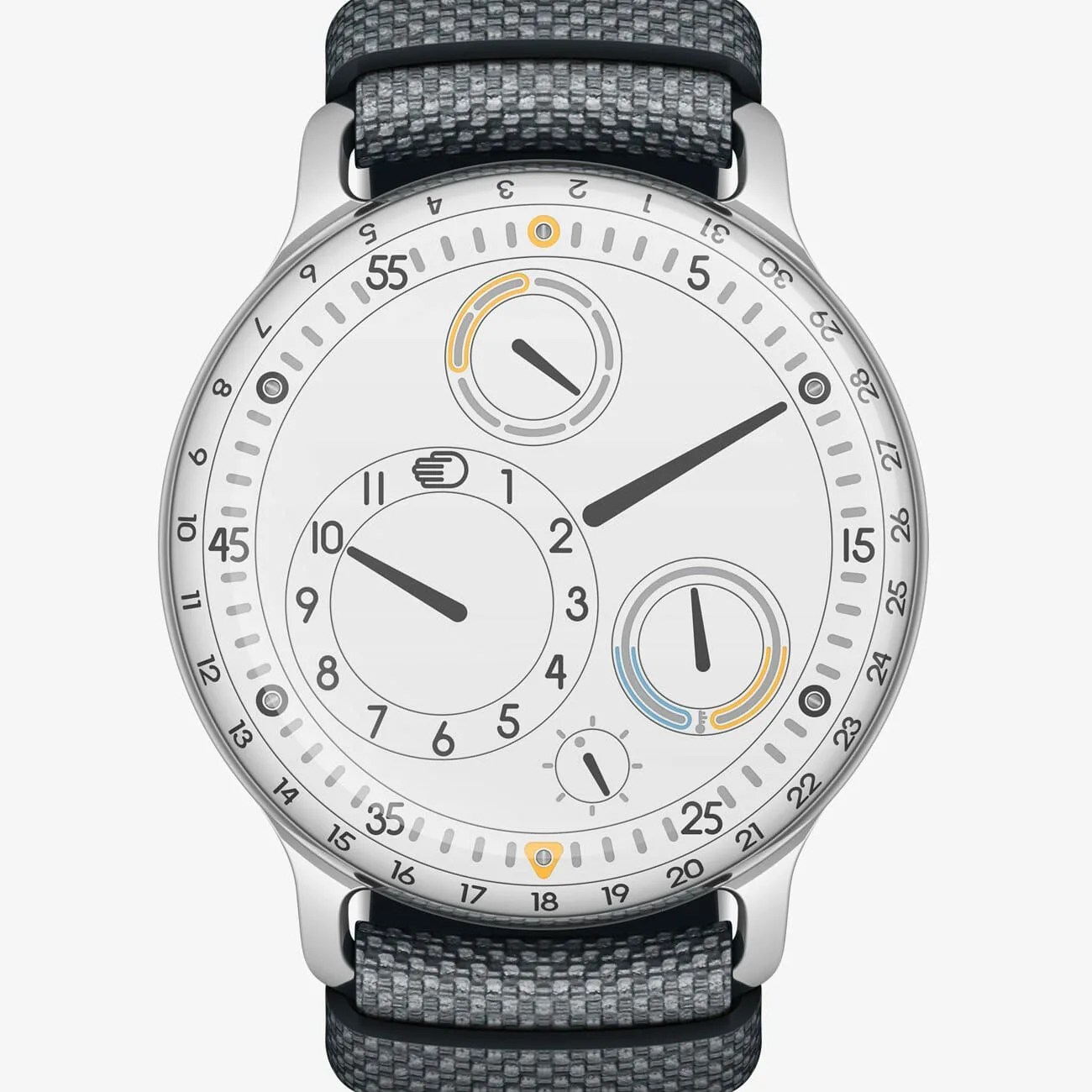“So let us therefore create a new guild of craftsmen, free of the divisive class pretensions that endeavored to raise a prideful barrier between craftsmen and artists!” -The Bauhaus Manifesto by Walter Gropius, April 1919
Germany’s Bauhaus movement put forth such an influential design language that it’s easy to miss that it was actually a school. Indeed, there were Bauhaus buildings, classrooms, a star-studded faculty, and a host of ultra-smart graduates who went on to revolutionize industrial design, typography, and architecture. This year marks the 100th anniversary of the Bauhaus School opening its doors. Sadly, by 1933 the Nazis had managed to shut those doors and intimidate faculty into hiding, but the regime was powerless to suppress the ideas and ideals fostered at the Bauhaus.
The nutshell version of Bauhaus-think is that form should follow function. However, beneath that notion was a utopian vision of steering the Industrial Revolution away from Dickensian class disparity toward an era in which broad access to superior design at reasonable prices would allow everyone to enjoy the spoils of modernity. Given to the 20th Century’s often violent political struggles between Marxists, Socialists, and Capitalists, the Bauhaus agenda was refreshingly focused on design, art, and craftsmanship as the means to a better world.
A century later, it’s easy to argue that technological innovation and industrial design have shaped the world as much as — if not more than — any socio-political force. Bauhaus graduates gave birth to the Mid-Century Modern movement, which flourished during the Jet Age, dominated the Space Age, and continues to drive the design of today’s most cutting-edge cybernetic products. Nazis be damned, The Bauhaus School succeeded in becoming the ubiquitous life-improving force its founders intended it to be.
But what, exactly, makes a product Bauhaus-inspired? More specifically, what makes a watch a Bauhaus watch? Here are some traits that many have in common. (For a deeper dive into the history of The Bauhaus School and its relationship to watches, click here.):
Accessible: Rarely is a Bauhaus watch going to break the bank, nor does it show up (much) in the hallowed halls of Haute Horlogerie.
Minimalist: Any decoration that doesn’t serve a function will usually be minimized or eliminated.
